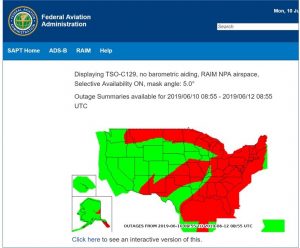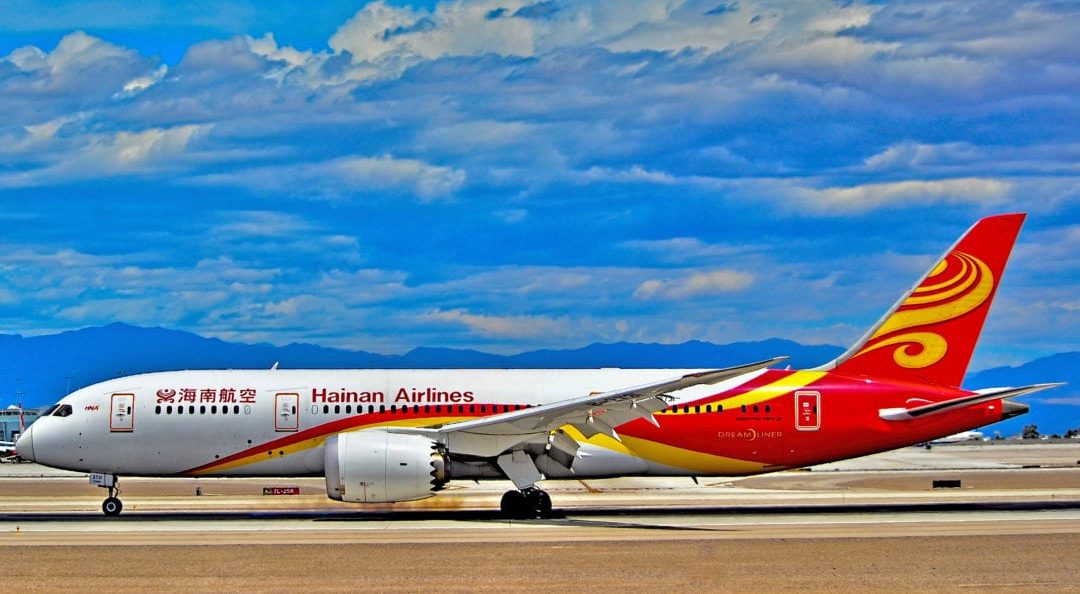 A corrupted upgrade to a large class of receivers was to blame for what was initially suspected to be a degradation of GPS service across much of the United States (see FAA graphic).
A corrupted upgrade to a large class of receivers was to blame for what was initially suspected to be a degradation of GPS service across much of the United States (see FAA graphic).
Work by the FAA and industry groups revealed that many Rockwell Collins receivers had received a bad update. See: AIN Online “Collins GPS Receivers Suffer Reception Outage.”
GPS signals can and have been degraded and blocked by a wide variety of causes including solar activity, government operations, criminal activity and accident. In a safety of life application such as aviation, it is understandable that authorities would want to get warnings out as quickly as possible, even while they were still diagnosing the problem.
Previous outages and widespread degradation of satellite navigation signals have included:
- A 2004 an error in GPS transmissions that resulted in what the US Air Force termed “hazardously misleading information” with errors of 16 km reported experience by some users.
- A solar flare in 2006 which NOAA said “significantly impacted GPS”
- Two abrupt outages of Russia’s GLONASS satnav system in April of 2014, one of which lasted 11 hours.
- A solar flare in September 2014 which interrupted satellite navigation in parts of Europe for about 15 minutes
- In January 2016 a wide variety of GPS users were impacted for ten to twelve hours when half of the GPS satellites transmitted a time signal 13.7 microseconds in error.
It is possible for degraded GPS signals to cause some equipment and applications to fail, while not impacting others at all. In January 2016, for example, many navigation receivers were unaffected. The greatest impacts felt by GPS timing users. The terrestrial ADS-B network was one of many systems degraded during that period because of timing.


